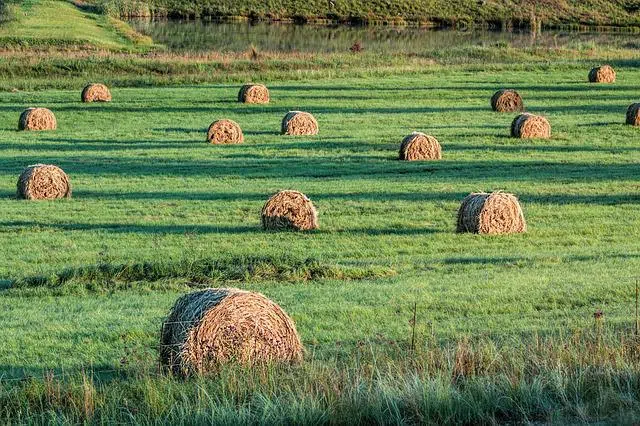
Grass, dry grass and cereals used to feed livestock are called forage.
Before analyzing the meaning of the term forage , we are going to proceed to discover its etymological origin. In this case, we can establish that it derives from French, exactly from fourrage , which can be translated as "pasture to feed livestock."
The concept refers to cereals , dry grass and grass used to feed livestock .
Forage, therefore, is made up of plants grown to feed animals . Its characteristics depend on the type of soil, the climate and the livestock production for which it is intended.
Advantages of using forage
There are many ranchers who opt for the use of forage to feed their animals because they consider that it brings with it a large number of advantages. Specifically, among the most significant are the following:
-Improves production.
-It also has in its favor that it is considered that animals digest it easily.
-In addition, they highlight the fact that it is a product rich in vitamins, minerals, proteins and even carbohydrates.
-In the same way, it must be emphasized that it helps increase the production of meat and also milk.
-Its production costs are really low.
Sometimes, producers choose to have the animals fed on the land where the breeding takes place. Thus, forage usually consists of fresh grass that is cultivated and grown on site.

Several benefits are attributed to the use of forage.
Different types
In addition to all of the above, we have to establish that two types of forage can be clearly differentiated:
-Pastures or grasses . They have in their favor that they are very rich in fiber, they adapt easily to all types of climates and soils and have great value in terms of nutritional quality. Within this group we have to differentiate grasses for grazing, those with erect growth, those for cutting and carrying, those with semi-erect growth...
-Forage legumes , which stand out for being very rich in proteins. There are several such as palmaticompound or pinnaticompound, among others.
Organic and mineral remains can be added to the grass to improve its nutritional properties. As for the species that make up the grass, grasses and legumes are usually combined so that the animals incorporate all the proteins they need. Wheat, alfalfa , oats, millet and soybeans can form grass.
Hay, a widely used forage
Hay is another type of widely used forage. It is a legume or dry grass that is cut and given to livestock as food. Many times hay is made from a combination of plants , such as wheat, barley and oats. The quality of hay is determined by the type of leaves it contains.
As you can see, obtaining hay is a way to conserve forage. But it is also possible to appeal to other processes for this purpose. One of them is silage , which is based on lactic fermentation. The result of the procedure, in fact, is also called silage.
